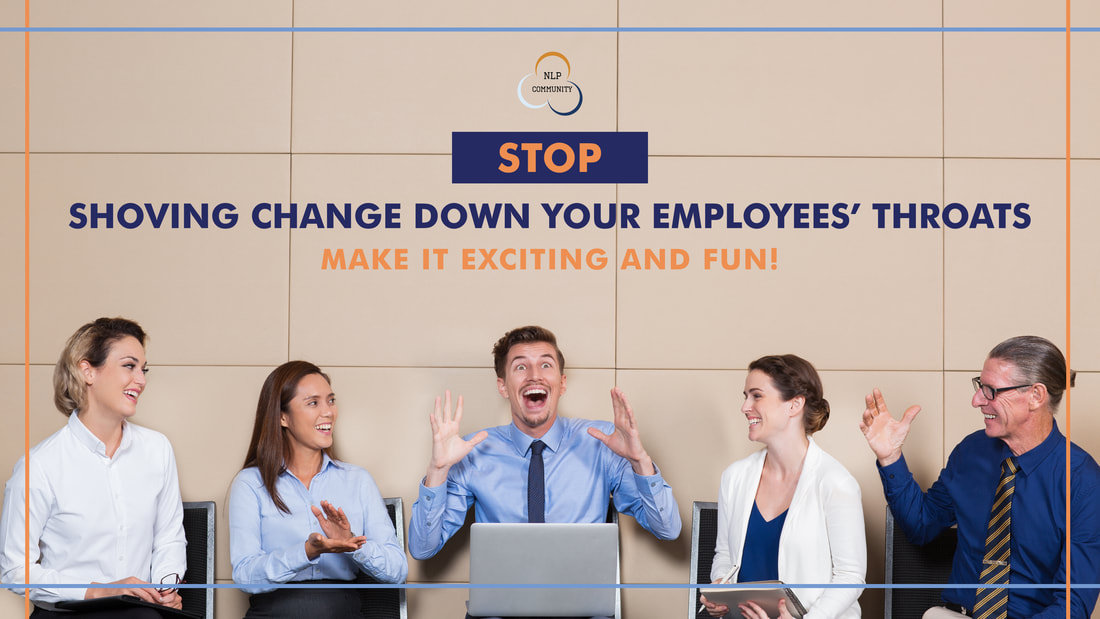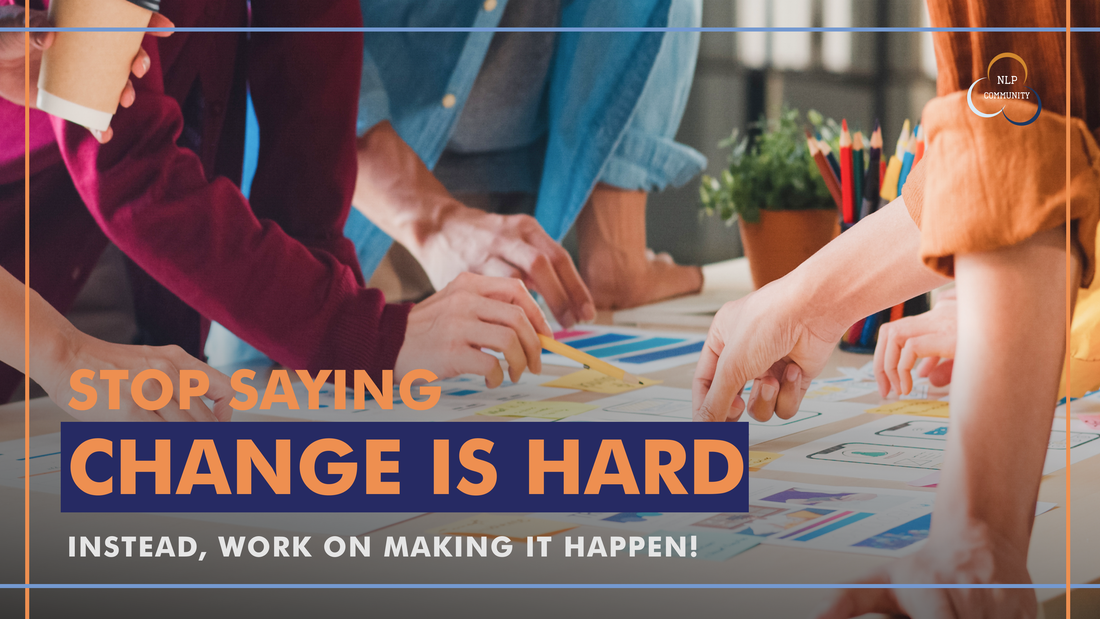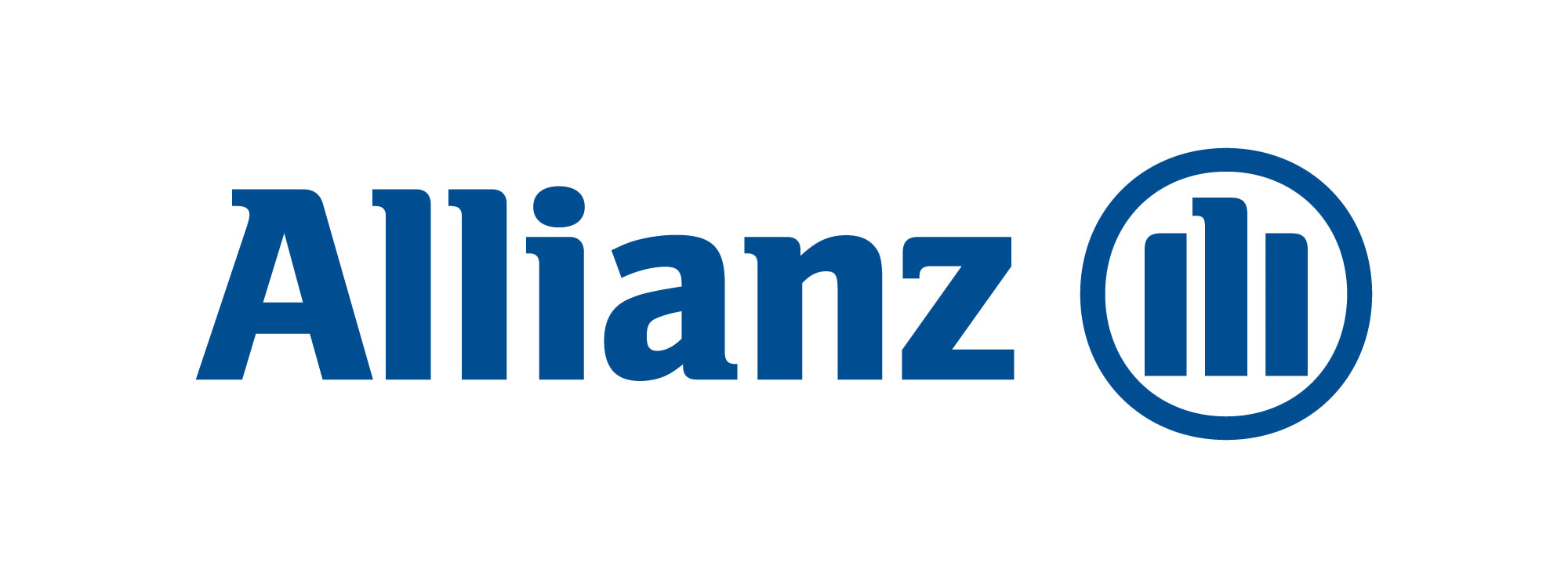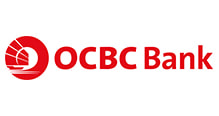|
One of our clients recently said that he has observed greater engagement from his team as a result of taking concrete steps to be an effective mentor and coach.
Indeed, studies show that coaching and mentoring can increase engagement, job satisfaction and morale, teamwork and even bench strength. Granted, some of the best mentoring and coaching experiences occur informally over coffee, in corridors, and chance interactions during the course of work. However, in order for these interactions to have the potential to be powerful, people in the organisation need to have a coaching and mentoring mindset. This could shift your organisational culture. Imagine people having candid coaching conversations across your organisation. To make this happen, ensure your people listen and communicate skilfully in order to be the best colleagues they can be. Comprehensive coaching and mentoring programmes can sensitise them to the following: Identify opportunities for coaching Learn how to recognise when a person is open to coaching. Here are some cues you can listen for:
Help them master the basics of a good coaching conversation Coaching isn’t about providing solutions. It’s about uncovering answers through inquiry, and exploration. Coaches know that the following are absolutely fundamental to a productive interaction.
Ensure that mentoring programmes are structured Many organisations encourage mentorship without any structure. This results in interactions that often go nowhere. Start building a culture of mentorship by having structured programmes and providing guidance for fruitful mentoring relationships. Make it clear that mentoring topics could include discussions about purpose and skills, situational advice and giving and receiving constructive feedback. In the initial stages, you might have to hire experts to structure programmes and guides, but once a culture of mentoring takes hold, your people will need only minimal handholding. This post was co-written by Communications Strategist, Consultant and Coach, Bharati Jagdish.
0 Comments
A client recently came to us looking especially weary. He was tired of having to motivate his employees. “Why can’t they be self-motivated?” he asked, frustrated.
Frankly, that is a question many leaders ask. However, instead of lamenting your employees lack of motivation, take steps to solve the problem. If a large number of your employees are waiting for your cue to perform better you probably have unresolved fundamental issues. Moreover, you’re probably suffering from burnout from having to constantly propel your employees to action while managing other responsibilities. Clearly, this makes for an unhealthy work environment. The solution lies in going back to basics. Start with these steps: Elevate your employees’ mental states for purposeful execution of roles Ask yourself why your employees are unmotivated. Chances are, they don’t feel as if they have a stake in the organisation’s success. This requires you to discover each person’s career objectives and aspirations. Once you’ve identified these, align them with the organisation’s goals. Being able to show congruence in terms of purpose will go a long way towards motivating employees and sustaining their motivation. Connecting individual purpose with organisational purpose takes skill. Firstly, break down your possibly lofty organisational purpose into actions that will make the purpose achievable. Too abstract a purpose can cause people to disengage. Secondly, ask employees to think about the following questions:
Cultivate healthier professional relationships to engender psychological safety Many organisations engage in personality profiling, but most don’t use results from such tests constructively. The goal should be to meet people where they are, then take them on a journey to fulfil both their goals and the organisation’s goals. In order to meet people where they are, leaders have to be skilled at building rapport and listening, among other things. Do you allow your employees to speak honestly without repercussions? Do you allow them to make mistakes and learn from them without career-destroying consequences? Cultivating an environment where people feel psychologically safe not only elevates mental health and working relationships, but also performance. If people can be honest about problems, solving them becomes easier. They’ll feel like they have a stake in the organisation and can lead change even as individual contributors. Most of our clients tell us that their employees are no longer happy with managers who merely tell them what to do and by when. Instead, today’s more self-actualised employee is looking for direction and inspiration when it comes to crystallising purpose, setting goals and developing themselves professionally.
For this, you need coaches, not managers. According to this Fortune article, one company, Time Etc realised this, so they replaced all their managers with coaches, with a ratio of one coach per six employees. They had clear objectives. The coaches’ job was to help their employees be as productive as possible and, in doing so, achieve more. The coaches offer close mentoring and feedback, encourage employees to identify how they work best, and make sure they are offered training and support to develop professionally. In short, Time Etc says the focus is on empowering and supporting employees to find their own way forward. As a result, among other things, performance on key goals has improved by up to 20%. Wouldn’t you like this for your organisation? However, coaching requires different skills and abilities from traditional management. The good news is wherever a person is in the organisational hierarchy, he or she can be equipped with the necessary skills to be an effective coach to their team. Here’s a taste of what a good coach needs to take employees to the next level. The ability to create self-managed teams The organisation needs to take charge in skilling each manager with transferable tools for self-motivation and self-management. Working on self is imperative before the next step of teaching others in the team. Many coaching companies work at the level of the conscious mind whereas Neuro-linguistic Programming coaches work on a deeper unconscious level, sharing tools that have the potential to change the way a person instinctively operates. Many managers operate from control, but wouldn’t it be more powerful to come from trust? A mindset shift at this level requires a re-wiring of neurology which is easily delivered in the form of corporate training sessions. Fun to attend while receiving powerful tools, these are highly recommended as self-managed teams elevate the organisation to high performance. Once team members can and are trusted to manage themselves, managers can concentrate on becoming effective coaches, further improving organisational performance. A paradigm shift in terms of how they see their own roles The organisation and managers within have to be open to reconfiguring their role and value to the business. Don’t slip into your old manager ways and consider the job done. Organisations must equip managers with coaching skills. They need to be skilled at identifying opportunities for coaching and having productive coaching conversations. As they acquire the tools and practise their skills, it is almost inevitable that a paradigm shift will occur in how they perceive their role as coaches who enable others to perform at their best. This should lead to rewards for the coach-manager as well, motivating them to continue creating high performing teams. This post was co-written by Communications Strategist, Consultant and Coach, Bharati Jagdish. As you prepare for more organisational change in 2024, consider this: have you sufficiently cultivated a change mindset?
We’ve always advocated telling a compelling change story to explain the reasons and timing for the change, and to consistently paint an empowering vision of the future to get buy-in from teams. However, repeating the story and communicating consistently and transparently is only part of the equation. A crucial element that many organisations neglect is the need to equip each person with tools to independently manage and embrace the change. This requires uncovering each person’s motivations, concerns and challenges. It may seem like a long road to work with each individual but that is a myth. Training team leaders to be effective change coaches takes a matter of a few months. Cascading down the line, this approach has proven to make the change process exciting and even fun. Imagine your organisation thriving on a robust and sustainable change culture, not just one that lasts during a transition. Wouldn’t that be great? The process begins with these steps: Truly internalise the organisation’s Vision, Mission & Values Communicating and internalising an organisation’s vision, mission and values shouldn’t just involve senior leadership presenting information and directives on internal communication channels. Instead, use a collaborative approach to help employees see how the organisation’s vision, mission and values are congruent with their own career goals. While employees work purposefully to help the organisation succeed, they must be supported with the tools they need to not only execute the change, but also to meet their long-term career objectives and aspirations. Employees will feel like they truly have a stake in the organisation’s success. Moreover, they will feel a sense of belonging which would certainly help with talent retention. Install empowering beliefs Beliefs work as either accelerators or decelerators to success. They are installed from young and most people are unaware of the beliefs that drive them. Once uncovered, damaging beliefs can be debunked and replaced with new, empowering beliefs that augur well for change. You may find people who were averse to change before operating differently after such exercises. They become open to what’s ahead and ready to thrive in the new landscape. If done in a modular format, these training sessions only take up to six months to show exponential success. Money spent is easily recovered and organisations are left with a workforce that is trained for long-term evolution. Organisations that invest in such efforts are also likely to retain top talent more easily. Why? Because employees evolve from having a “no choice” mindset to feeling passionate and excited about their jobs. They end up actually embracing and loving transformation exercises. Ultimately, they are motivated to help the organisation succeed as they succeed personally in their careers. This post was co-written by Communications Strategist, Consultant and Coach, Bharati Jagdish. Out With the Piecemeal Band-aids. Workplace Mental Health is About Culture and Self-leadership15/12/2023 So you think yoga classes, mindfulness sessions and gym memberships are panaceas for workplace mental health issues.
They might certainly help, but the one thing that is guaranteed to have an even deeper impact is a healthy workplace culture. A growing body of research shows that toxic workplaces are the prime drivers of employee mental health issues. The MIT Sloan Management Review released last year said that toxic workplace culture is 10.4 times more likely than low pay to contribute to an employee quitting. The report identified three elements of a toxic culture:
Employees begin to focus on their purpose with passion which excites and propels them. On top of this, imagine if, for the first time ever, they had tangible tools to work with. Managers are not just saying “do this” without tools, like it was in the past. Enthusiasm rises as employees are eager to make things happen with their new-found toolbox. Here are some things that a Culture Alignment Program would address: Values alignment At the core of an individual’s values lies the connector to motivation. Many employees don’t know their values. Once they elicit and re-prioritise their values, they realise whether the role they are in is suitable and aligned. High performers in a company are so because they have deeply aligned values within themselves, the role they are in and the organisations’ values. By the same token low performers become so as they are most often not suited to their job role. Equip employees with self-management tools Expecting employees to perform without giving them the tools to build rapport, resolve conflict, align their internal selves, to name a few, is unfair. Providing them with tools is also a clear sign of respect. Self-management tools are easy to learn and more than anything, they elevate mental states for driven and purposeful execution of roles. Employees work well and go from strength to strength as soon as they experience the swift spike to exponentially better results. This can happen in as short a period as three months. Improve communication and engagement in ways that actually resonate with your people While employers shouldn’t get involved in their employees’ personal sources of distress, they have a duty to ensure that at least the workplace isn’t fuelling stress and unhappiness. Regular check-ins and team-building events can indeed be helpful, but what many neglect is the quality of such initiatives. Meaningless coffee sessions and workplace parties (whether remote or in-person) won’t do. A one-on-one check-in during which a supervisor only asks about work progress and deadlines won’t do either. Instead, focus on meaningful engagement. On a day-to-day basis, are you speaking respectfully to your team – treating them as people, rather than digits? During check-ins, are you asking the right questions in terms of not just elevating your employees’ performance, but also their sense of purpose and fulfilment? Are you following these up with concrete steps to help – removing obstacles and paving the way for them to achieve what they want to achieve? When it comes to group engagement and team-building initiatives, ask employees what they would find useful and build these sentiments into your plans and actions. In organising events, cater to various types of individuals including introverts who may shudder at the thought of loud office parties. Practice sound DEI in whatever you do. In short, for workplaces to be healthier, leadership needs to recognise the importance of aligning cultures and establishing holistic measures rather than deploying piecemeal band-aids. Your corporate communications and human resources department might be regularly putting out announcements on DEI values and initiatives, but if employees don’t embody these values in their day-to-day interactions and business operations, your DEI efforts will most certainly fall flat. Most of all, your organisation will fail to leverage the power of DEI and lag behind competitors who’ve done so successfully.
If you’re still struggling, don’t worry. Just get up to speed. Many answers lie in behavioural change and communication to be equitable and inclusive in order to truly harness the power of diversity. In our last post, we talked about the importance of actively calling out unconscious biases and using inclusive language. Here are more tips on truly making DEI work: Walk the talk, engage intentionally to illustrate the value of inclusivity Inclusive language must translate into concrete action. Dialogues that allow people from underrepresented groups to share their personal narratives shouldn’t end there. Be proactive in addressing the issues they raise and keep all employees informed of the steps you’ve taken to improve things. Importantly, insights from dialogues should inform your business decisions. For instance, what your introverted employees tell you about their preferences could determine product design for a particular customer base. Share how you’ve implemented these valuable insights. This shows people that their perspectives matter to the organisation and are positively contributing to the bottom line as well. Speaking of introverts, ensure that you engage employees using communication techniques based on their preferred mode of communication. Not everyone is comfortable speaking up in a townhall. Some might prefer to send their questions electronically or merely fill out a survey. Your job is to make sure all channels are open and given equal attention. Explain equity-centred policies, encourage empathy To ensure a healthy workplace culture, everyone in the organisation must be on the same page when it comes to policies that support equity. Leadership must consistently communicate why certain policies are in place to help underrepresented groups level up. Crucially, communication needs to also convey how everyone benefits when DEI is effective. As part of this process, co-workers must be encouraged to participate in experiential exercises that allow them to empathise with underrepresented individuals. Retention becomes easier with this egalitarian approach. Be transparent and accountable Successfully cultivating DEI requires leadership commitment. Leaders need to be transparent in terms of acknowledging systemic and unconscious biases, demonstrating empathy and committing to bridging the gaps between where the organisation is now and where it should be in the near future. Being transparent on the DEI journey allows leaders to model a learning culture and also demonstrates a willingness to be held accountable. Communicate consistently about how DEI is improving crucial aspects of the workplace - culture, mental health, talent attention and retention, business results. Go beyond numbers and tell true stories of employee experiences. This post was co-written by Communications Strategist, Consultant and Coach, Bharati Jagdish. Study after study has shown that diverse, equitable and inclusive organisations are better able to deal with challenges, acquire top talent and cater to the needs of various customer bases.
These studies have convinced organisations to build DEI into their hiring practices, but we’ve noticed that the struggle to harness its power is real. We often come across organisations with a long list of initiatives that are performative, but not genuine. Let’s face it. If you’re making big speeches about DEI once every quarter, but are allowing everyday incidents that smack of exclusion to continue, you’ve clearly failed. Unless employees embody DEI in day-to-day interactions and business operations, your organisation will not be able to leverage the power of DEI and lag behind competitors who’ve done so successfully. If you’ve ticked the boxes but are not getting any further, we suggest taking a step back. Every initiative must be underpinned by careful thought and action to effect genuine mindset and behavioural change. Here are our tips on truly making DEI work: Paint a vivid picture of what successful DEI looks like, beyond the business case Ask employees to imagine a future where everyone embodies DEI. In explaining the “why”, go beyond making a business case for it as DEI should not be seen as a means to an end. Instead, paint a vivid picture of what’s in it for them (e.g. how it increases opportunities for them to utilise their unique experiences and backgrounds, how diversity on their team can help them meet their career goals), and explain why it’s intuitive and essential for organisations that value people. Address unconscious biases head-on to expand peoples’ model of the world Our biases are usually fuelled by past experiences that we carry through to the present. Often, a person may not realise that it was an experience they had as a child that is driving them. With simple tools, people can be made self-aware and be helped to check their biases. Leaders must be equipped to handle such issues. As soon as a co-worker is derogatory towards another whether subtly or blatantly, leaders need to pick up on it and address it. Understandably, most leaders worry about getting too close to the subject as they don’t have the tools to bring these up in a safe and fair manner. This creates an environment where inappropriate remarks fester and grow into insurmountable challenges. Train leaders so that they can confidently nip problems in the bud. Also, remember to provide employees with safe avenues to report issues that need to be addressed. Be intentional about installing inclusive language, including visual language Everything communicates – your recruitment process, your social media channels and website, internal e-mails, the way your managers conduct a Zoom meeting, etc. The words you use can powerfully reflect unconscious biases, reinforce stereotypes, or subtly discriminate against and discourage certain individuals. This is why every employee must be exposed to the value of inclusive thinking and language. Be sure to review communication for bias, call out and address problems when they arise. We also recommend using the “flip test” to illustrate the problem with biases and to help employees check themselves. Remember, the visual language you use matters just as much. Do all visual elements across all organisational communication tell people they belong? What story are you telling? Are underrepresented groups depicted as having first-person voice and agency? Importantly, all of this has to be backed up by action. More on that in our next post. This post was co-written by Communications Strategist, Consultant and Coach, Bharati Jagdish. We can safely say change will be at the forefront in 2024 as organisations continue to respond to talent shortages in certain sectors and the increasing need to master and incorporate AI in business processes and operations.
According to Gartner research, last year, the average employee experienced ten planned enterprise changes, up from two in 2016. These included culture change to adopt new ways of working and the replacement of legacy tech systems. However the appetite for change is waning. A Gartner survey showed that employees’ willingness to support enterprise change dipped to just 43% last year, down from 74% in 2016. So what’s next? Stop saying that change is hard. The more you say it, the more people believe it. One of our clients recently said that several years ago, most of her team had mentally given up even before the process started, because their then-supervisor, in preparing them for change, kept harping on how hard he expected it to be. Yes, you should not gloss over potential challenges, but there’s a limit to this. Whatever organisational change management model you choose to use, some fundamentals, if done well, will allow you to make change empowering instead of tough. Here are our top tips:
Try it out now. Say to yourself “change is as easy as I make it out to be”. At the end of the day, it is about taking a step at a time with a systematic approach that yields the best outcomes. This post was co-written by Communications Strategist, Consultant and Coach, Bharati Jagdish. |
SYLVIA FERNANDES
Sylvia is a qualified Neuro Linguistic Programming (NLP) Master Trainer. She started her business in Sydney and is now based in Singapore. Archives
December 2024
Categories |









 RSS Feed
RSS Feed









